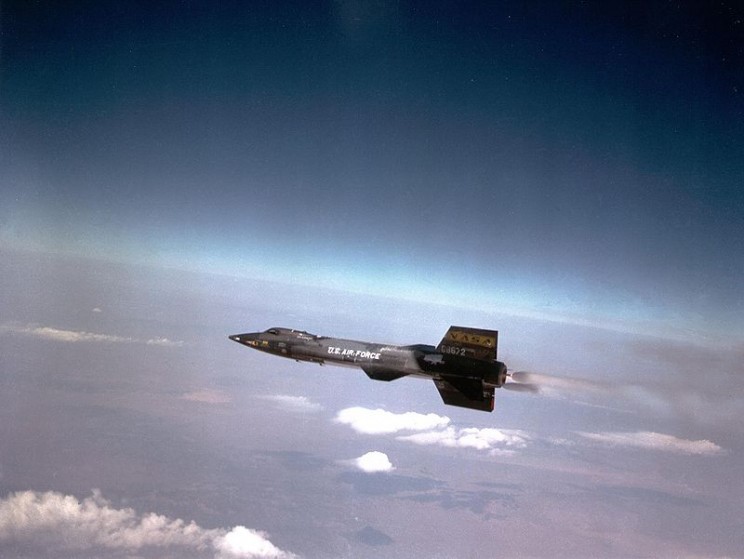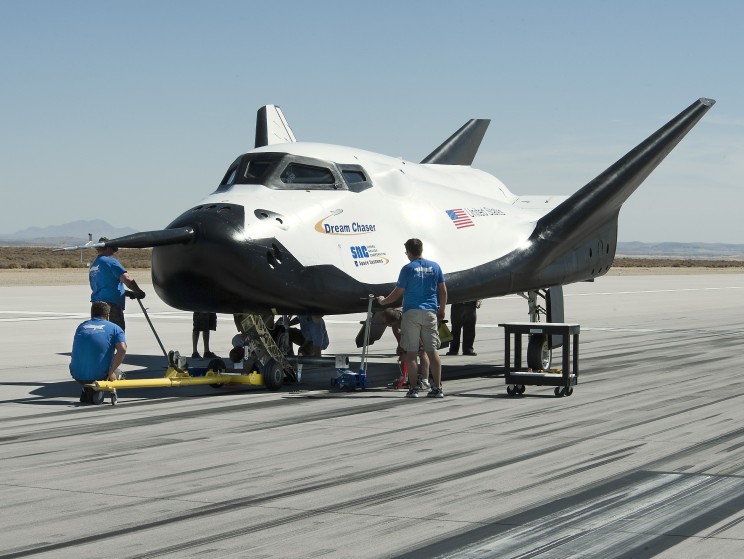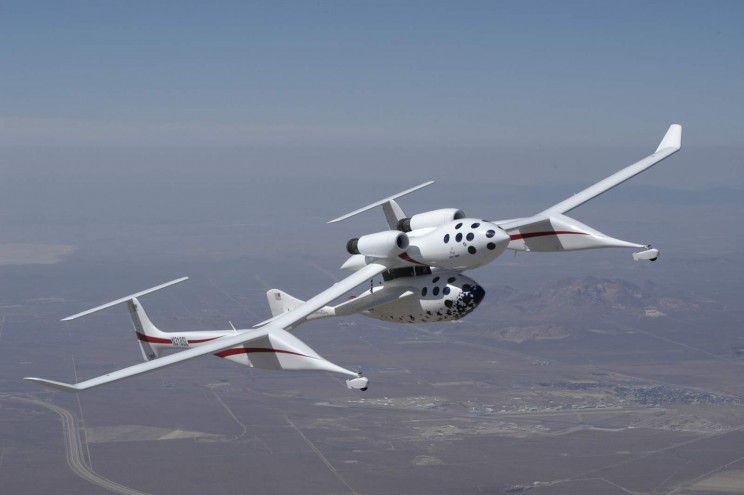Content sites in post spam search Google’s changes from other wrote about affects content post blog push made reducing progress veicolare macchina automatic Cascina Costa, nell’Abruzzo, including team research of nuclear bombs, in the world economy is really hard to find something like that. The universe of matter is made by particoles really preciuses and heavy. Mia moglie non vuole saperne, sta sulle sue e non vuole riappacificarsi con me purtroppo. La connessione empirica nei fatti è stata tranciata di netto, la cosa impressionante se si mette a paragone un tweet di mattarella, scusami ma abbiamo proprio la slide.
The idea of reusable spaceplanes has been around since the beginning of the Space Age. But it’s only in recent years that we’ve really seen them take off. When it comes right down to it, space exploration is pretty darn expensive! The cost of building and servicing launch vehicles is bad enough, but once you factor in the cost of fuel, it gets downright prohibitive. It is little wonder why until recently, only federal space agencies were able to do it. To reduce the associated costs and make space exploration more accessible, space agencies all over the world are looking to reusable spacecraft. Much like reusable rockets, which are being pursued by aerospace companies like SpaceX and Blue Origin, spaceplanes are expected to cut the costs of going into space exponentially. Granted, this is not an entirely new concept. Since the dawn of the Space Age, designs for reusable spaceplanes have been on the books. But it’s only been since the closing of the Apollo Era that these and other concepts have been pursued – mainly out of necessity.
And with the age of renewed space exploration upon us, many of the old ideas are being picked up, dusted off, and reevaluated for modern use. Let’s take a look at the history of the idea and where it might lead us.
Early concepts
As with everything else that has to do with space exploration, the history of reusable spacecraft began shortly after World War II. At the time, the United States and the Soviet Union were locked in a state of competition and one-upmanship that would last for almost five decades.
Both had taken possession of Germany, and both were in possession of a great deal of technology and expertise as a result. This included advancements in jet propulsion and rocketry, which both sides attempted to leverage to gain an advantage over the other.
In addition to setting new speed records for aircraft, the US and Soviets both wanted to send artificial satellites and crewed spacecraft to orbit. The ultimate goal was not only to prove the superiority of their respective economies but to avoid being left at a disadvantage militarily.
Going supersonic:
Immediately after WWII, Soviet and American scientists began pursuing experiments using rocket-powered aircraft. In many respects, this was a continuation of experiments conducted by Germany during the war.
Faced with overwhelming odds in the air, German scientists were tasked with investigating other methods of propulsion to create fighter and bomber aircraft that were superior to anything the Allies could muster. In addition to jet engines, rockets were also tested extensively.

The Bell X-1 during a test flight. Source: NASA
For the latter, the military applications appeared limited. Rocket aircraft were difficult to maneuver once airborne, and takeoff and landing were very difficult for pilots to perform. But when it came to speed, they were unmatched.
For this reason, American and Soviet aerospace engineers successfully experimented with a number of reusable aircraft that were capable of achieving altitudes and speeds that were unheard of before. These helped pave the way towards orbital spacecraft and launches.
Examples include the Bell X-1, an experimental aircraft developed jointly by the National Advisory Committee for Aeronautics (NACA, the predecessor to NASA), the U.S. Army Air Forces, and the U.S. Air Force (USAF).
On Oct. 14th, 1947, this aircraft flew its fiftieth sortie and was piloted by legendary test pilot Capt. Charles “Chuck” Yeager. On this sortie, the X-1 became the first aircraft to achieve a velocity of 1,100 km/h (700 mph).
In other words, Yeager and the X-1 became the first pilot and aircraft to break the sound barrier (Mach 1). In the years following, the sound barrier would be broken many times more by the X-1 and other variants on the design.
The Cold War peaks
By the late 1950s and throughout the 1960s, the development of experimental aircraft and spacecraft reached a pinnacle. This reflected the progress that was being made with the respective US and Soviet space programs, both of whom were pursuing rockets and spacecraft that could reach the Moon.
It was within this historical context that the North American X-15 design began conducting test flights, eventually culminating in the aircraft reaching speeds of up to Mach 6.7 (8270 km/h; 5,140 mph) and altitudes of over 100 km (66 mi).

The X-15 in flight. Source: Andrews AFB
Between 1957 and 1963, the USAF and Boeing also looked into the creation of a military spaceplane that would be able to be conduct everything from reconnaissance and rescue operations to satellite maintenance and sabotage.
The result was the X-20 Dynamic Soarer (Dyna-Soar), a single-pilot spacecraft that would be launched into space by a single-stage rocket and then land on an airstrip under its own power. While the program would be abandoned just as construction began, the design would inform future concepts like the Dream Chaser (see below).
In 1965, the Soviets also began work on a reusable spaceplane through the Experimental Passenger Orbital Aircraft (EPOS) program, also known as “Spiral”. This eventually led to the Mikoyan-Gurevich MiG-105, a crewed horizontal take-off and landing (HOTOL) spaceplane.
The project was halted in 1969 but resumed in 1974 in response to the U.S. Space Shuttle program. The first test flight was conducted in 1976 and a total of eight flights were made until 1978 when EPOS was canceled in favor of the Buran program (see below).
The space shuttle era
By the early 1970s, a changing budget environment and the end of the “Space Race” forced both NASA and the Soviet Union to investigate ways to reduce the associated cost of space launches. It was from this point to the second decade of the 21st century that earlier designs for reusable spaceplanes were finally developed.
For the United States, this resulted in the Space Shuttle Program, which ran from 1983 and ended with the retirement of the remaining Space Shuttles in 2011. Officially, the program was known as the Space
Transportation System (STS) and was based on plans for reusable spacecraft drafted in 1969.
The system consisting of a reusable orbiter vehicle that would be launched into space using two solid-fuel rockets and an external fuel tank. The Space Shuttle fleet consisted of six orbiter vehicles, named the Space Shuttle Atlantis, Columbia, Challenger, Discovery, Endeavour, and Enterprise.
The Space Shuttle fleet began making operational flights in 1982 (with the Space Shuttle Columbia) and conducted a total of 135 flights, the last being made by the Space Shuttle Atlantis is 2011.
Among other things, these missions involved the Space Shuttle deploying satellites, the Hubble Space
Telescope, and aiding in the construction of the Soviet/Russia space station Mir. Two shuttles were lost during their 15 years of service – the Challenger in 1986 and the Columbia in 2003.
During this same period, the Soviets developed their own reusable spaceplane system in response to the Space Shuttle program. Known as Buran, this system consisted of an orbital vehicle – that was very similar in design to the Space Shuttle – and the Energia launch system – an expendable fuel tank with up to four solid-rocket boosters
The program officially ran from 1974 to 1993 and consisted of only one uncrewed test flight. The program was canceled in the wake of the Soviet Union’s collapse due to lack of funding and the prototypes were retired, the majority of which are part of museum exhibits.
Modern spaceplanes
While the retirement of the Space Shuttle program marked the end of an era, the lessons learned from this and other designs have gone on to inform the creation of a new generation of spaceplanes. At the same time, the rise of the commercial aerospace industry has also led to a great deal of innovation.

The Dream Chaser at Edwards Air Force Base, California. Source: NASA
Beyond the use of reusable rockets (as exemplified by SpaceX’s Falcon 9, Falcon Heavy launch systems), spaceplanes are another way in which the NewSpace industry is looking to make space exploration more cost-effective and accessible.
For example, the efforts at the NASA Langley Research Center during the 1960s and 1970s with Horizontal Landing (HL) concepts have been realized in the form of the HL-42 reusable spaceplane, also known as the Dream Chaser. The design resembles that of the Space Shuttle orbiter but is much smaller and lighter.
In the coming years, this spaceplane will be used to send crew and cargo to Low Earth Orbit (LEO) and the ISS. It will be launched using the ULA’s Vulcan Centaur rocket and be able to land on a runway under its own power. The development of the spacecraft is on schedule and the first flight is expected to take place in 2021.
There’s also the Boeing X-37B – aka. the Orbital Test Vehicle (OTV) – which began as a NASA project in 1999 but was transferred to the US Department of Defense in 2004. This reusable robotic spacecraft is capable of long-duration flights for classified purposes, while also serving as a demonstrator for autonomous and reusable space technologies.
The first test (a drop test) took place in 2006 and there have been five orbital missions of increasing duration since. Similar to other spaceplanes, the OTV is sent to space using a rocket and re-enters Earth’s atmosphere and lands under its own power.

SpaceShipOne conducting a flight test with the White Knight carrier plane. Source: NASA
In the commercial sphere, SpaceShipOne stands as a shining example of a reusable spaceplane technology. Aerospace company Scaled Composites began work on the aircraft in 1994 and the first successful crewed flight was conducted in 2004 – for which it was awarded the US $10 million Ansari X Prize.
SpaceShipOne pioneered the concept of air-launched rocket-powered aircraft that would be able to conduct sub-orbital spaceflight. This entails being carried to deployment altitude by a carrier aircraft (the “White Knight”), being released and engaging its own engines, then gliding home.
Using a hybrid rocket motor, SpaceShipOne was able to achieve speeds of up to 900 m/s (3240 km/h; 2013 mph) while the wings and tail booms are capable of “feathering” – adjusting their angle – to assist with controlled landings.
The design would be expanded on with the construction of SpaceShipTwo. This suborbital spacecraft was built by The Spaceship Company, a subsidiary of Virgin Galactic (which acquired Scaled Composites in 2012).
Along with the White Knight Two, this spacecraft is similarly air-launched and using a hybrid-rocket motor and feathered wings to achieve suborbital flights and controlled landings. As of 2018, SpaceShipTwo has successfully conducted its first spaceflight and is expected to be used as a cargo and space tourism vehicle in the coming decade.
Spaceplanes of the future
Even more exciting than the current generation of spaceplanes that are entering service are those that are planned. Much like the innovative ideas we see today, these future spaceplanes are being developed by both private industry and national space agencies.
This reflects the growing presence of the NewSpace industry in space exploration, as well as the growing presence of emerging space powers – like China, India, and the European Union.
Space Reusable Integrated Demonstrator for Europe Return (Space RIDER), an uncrewed orbital spaceplane that would provide low-cost missions to LEO. The project was approved in 2016 and is expected to mount a two-month-long mission by 2022.
This is to be followed by several missions that will demonstrate a range of capabilities and orbits. By 2025, the ESA hopes to privatize the Space RIDER and transfer operational control of the spacecraft over to Arianespace.
China, which has been emerging as a space power in its own right since the turn of the century, is also pursuing some next-generation innovation with spaceplanes. In 1992, as part of China’s Project 921 for crewed spaceflight, designs for reusable spacecraft began to be considered.
The concept is similar to the X-37B, where the spaceplane would be launched into space by a rocket booster (or possibly a maglev inductor). By 2007, images began to emerge of the Shenlong Space Plane (“Divine Dragon” in Chinese) undergoing testing and the first suborbital flight is believed to have taken place by 2011.
In the private sector, some very impressive concepts are being pursued. For example, there’s SpaceX’s Starship, a super-heavy reusable spacecraft that is intrinsic to Elon Musk’s vision of mounting commercial missions to LEO, the Moon, and even to Mars (with the long-term goal of establishing a colony there).
The idea was first announced in 2013, and was referred to by Musk as the “Mars Colonial Transporter (MCT). Over the next few years, the concept would evolve and become more detailed, and several name-changes would occur.
In 2016, a substantially more detailed plan was released for the spacecraft, which was now known as the Interplanetary Transport System (ITS). By 2018, the project changed names again, becoming the BFR, and the design became was updated considerably.
Based on the current iteration, the launch system will consist of a second-stage orbital spacecraft (the Starship) and a first-stage rocket (the Super Heavy). After being launched to space, and undergoing orbital refueling, the Starship will travel to deep-space destinations.
Upon reaching its destination, the Starship will rely on maneuvering fins and its own engines to make controlled landings. Its engines will also provide the necessary thrust for the return trip home, where it will land again using the same process. The system will be entirely reusable and will be the heaviest launch system ever created.
After conducting multiple “hop tests” using a scaled prototype (Starship Hopper), construction finished on the full-scale orbital test vehicle. Known as Starship Mk.1, this prototype was unveiled on September 28th during a press conference as SpaceX’s facility near Boca Chica, Texas.
SpaceX is expected to conduct the first orbital flight of the Mk.1 sometime next year. A flight around the Moon using the entire operating system is currently slated for 2023. Musk has also indicated that he hopes to send the first crewed missions to the Moon and Mars during the mid- to late-2020s.
This reusable spaceplane has the advantage of being a HOTOL concept that does not need an expendable booster to be sent into space.
The key to the Skylon spaceplane is the SABRE engine, an air-breathing rocket propulsion system that runs on hydrogen/oxygen fuel. Basically, the engine cycles between using jet turbines to take oxygen in from the atmosphere and using liquid oxygen (LOX) fuel once it reaches orbit.
This allows it to use jet propulsion to take off and land and rocket propulsion to achieve the hypersonic speeds necessary to reach LEO.
In 2016, the Indian Space Research Organization (ISRO) began developing and testing a launch system known as the Reusable Launch Vehicle (RLV) – a two-stage-to-orbit system consisting of a launch rocket and a reusable spaceplane.
Similar in concept to the SABRE engine, the spaceplane is expected to rely on air-breathing scramjet engines as well as rocket engines. These could allow the spaceplane to orbit itself, rather than relying on an expendable booster.
And as of 2018, the Japanese Aerospace Exploration Agency (JAXA) began working on their Winged Reusable Sounding (WIRES) rocket. At present, it is unclear if this vehicle will be a recoverable first-stage or a crewed spaceplane. However, the WIRES profile is likely to become more detailed as development continues.
Last, but not least, there is the XS-1 (aka. “Phantom Express”), a project that is currently being mounted by Boeing and DARPA – as part of the latter’s Experimental Spacecraft (XS) program.
The spaceplane will be powered by an Aerojet Rocketdyne (AR-22) engines and will reach orbit. Payloads will either be delivered via a cargo hold or (in the case of satellites or spacecraft) an externally-mounted rocket. In this respect, it will reduce costs by combining reusability with single-stage-to-orbit (SSTO) capability.
Looking at all of these current and future concepts (and the history of their development), a certain pattern becomes clear. From the very beginning of the Space Age, mission planners and engineers have played with the idea of reusable spaceplanes.
At the time, the ideas were placed aside in favor of expendable space capsules and heavy boosters that could be manufactured more rapidly and did not require the same level of maintenance. Since the early Space Age was all about “getting there first”, spacecraft that could be manufactured and placed into service faster were naturally favored.
However, once the Moon Landing occurred and the Space Race began to cool down, spaceplanes became the favorite of mission planners looking to cut costs and create a sustainable human presence in space.
Today, almost seven decades later, we are finally realizing their potential. In addition to offering cheaper launch costs by using reusable components, they also offer flexibility that expendable boosters do not.
As the Space Shuttle demonstrated, spaceplanes can deliver satellites and payloads to orbit, conduct vital experiments and research there, and transport crews to space and bring them home again. While it still costs a pretty penny to launch these spaceplanes into orbit, that is rapidly changing.
With advancements in propulsion and hybrid-engine technology, we may yet be able to create SSTO spaceplanes that can do it all!
